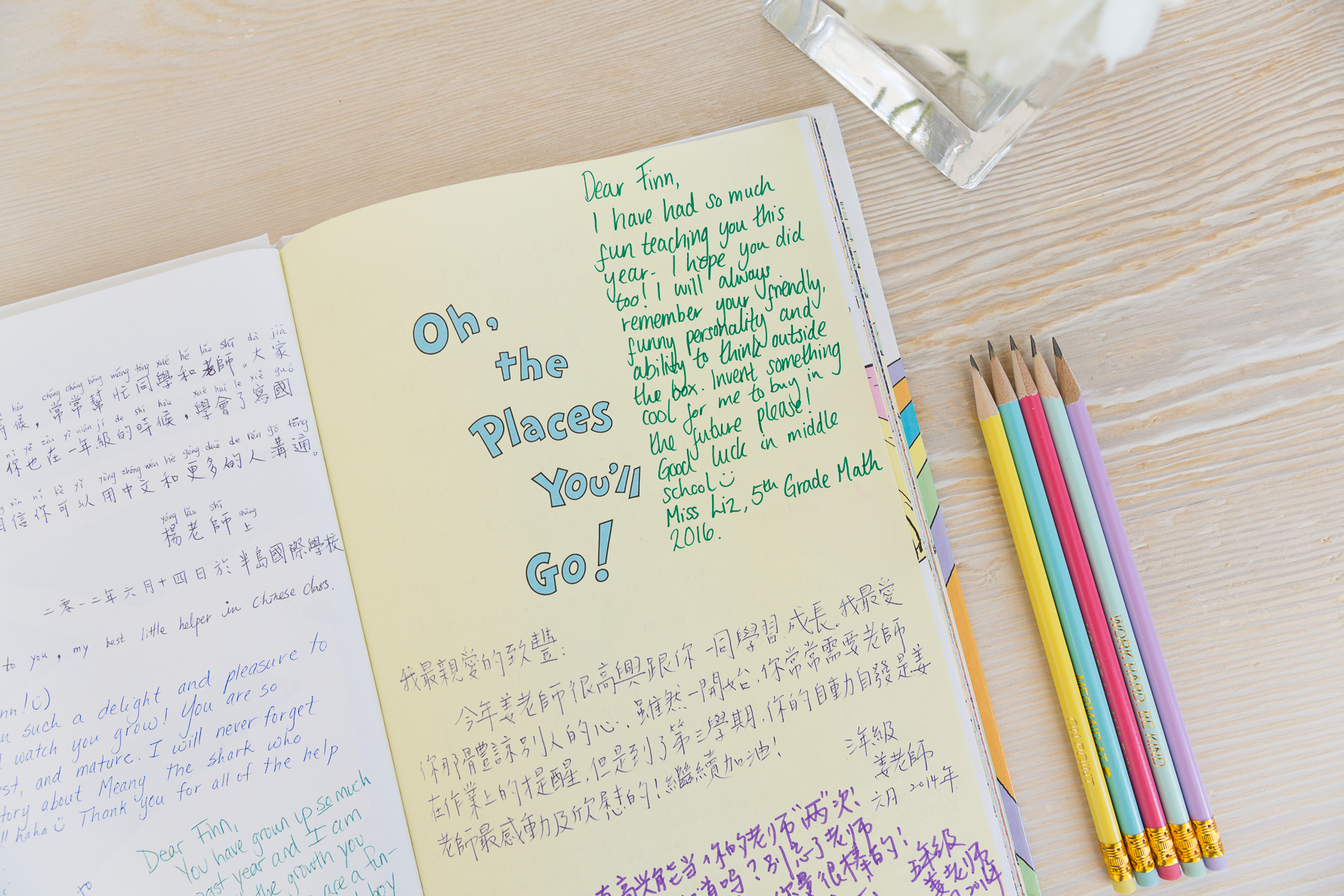
Mapping is a graphic representation of the content of a lecture. Mapping is a method that uses comprehension/concentration skills and evolves in a note-taking form which relates each fact or idea to every other fact or idea. This format can be most effective when your note-taking skills are super and sharp and you can handle the outlining regardless of the note-taking situation. Use this format when there is enough time in the lecture to think about and make organization decisions when they are needed. This may be either deductive (regular outline) or inductive (reverse outline where minor points start building to a major point). When to Use: The outline format can be used if the lecture is presented in outline organization. This system cannot be used if the lecture is too fast. It doesn’t lend to diversity of a review attach for maximum learning and question application. This system may not show relationships by sequence when needed. It also reduces editing and is easy to review by turning main points into questions.ĭisadvantages: Requires more thought in class for accurate organization. Outlining records content as well as relationships. Markings are not necessary as space relationships will indicate the major/minor points.Īdvantages: Well-organized system if done right. Indention can be as simple as or as complex as labeling the indentions with Roman numerals or decimals. Levels of importance will be indicated by distance away from the major point. Indent each more specific point to the right. Method: Listening and then write in points in an organized pattern based on space indention. No numbers, letters, or Roman numerals are needed.The relationships between the different parts are carried out through indenting.The information which is most general begins at the left with each more specific group of facts indented with spaces to the right."Do-it-right-in-the-first-place system."ĭash or indented outlining is usually best except for some science classes such as physics or math. Easy format for pulling outmajor concept and ideas. If you can say it, you know it.Īdvantages: Organized and systematic for recording and reviewing notes.

When you have said as much as you can, move the card and see if what you said matches what is written.

Say the cue out loud, then say as much as you can of the material underneath the card. To review, cover your notes with a card, leaving the cues exposed. For every significant bit of information, write a cue in the left margin. After class, complete phrases and sentences as much as possible. When the instructor moves to a new point, skip a few lines.

During class, take down information in the six-inch area. Method: Rule your paper with a 2 _ inch margin on the left leaving a six-inch area on the right in which to make notes. After writing the notes in the main space, use the left-hand space to label each idea and detail with a key word or "cue." The Cornell method provides a systematic format for condensing and organizing notes without laborious recopying.


 0 kommentar(er)
0 kommentar(er)
